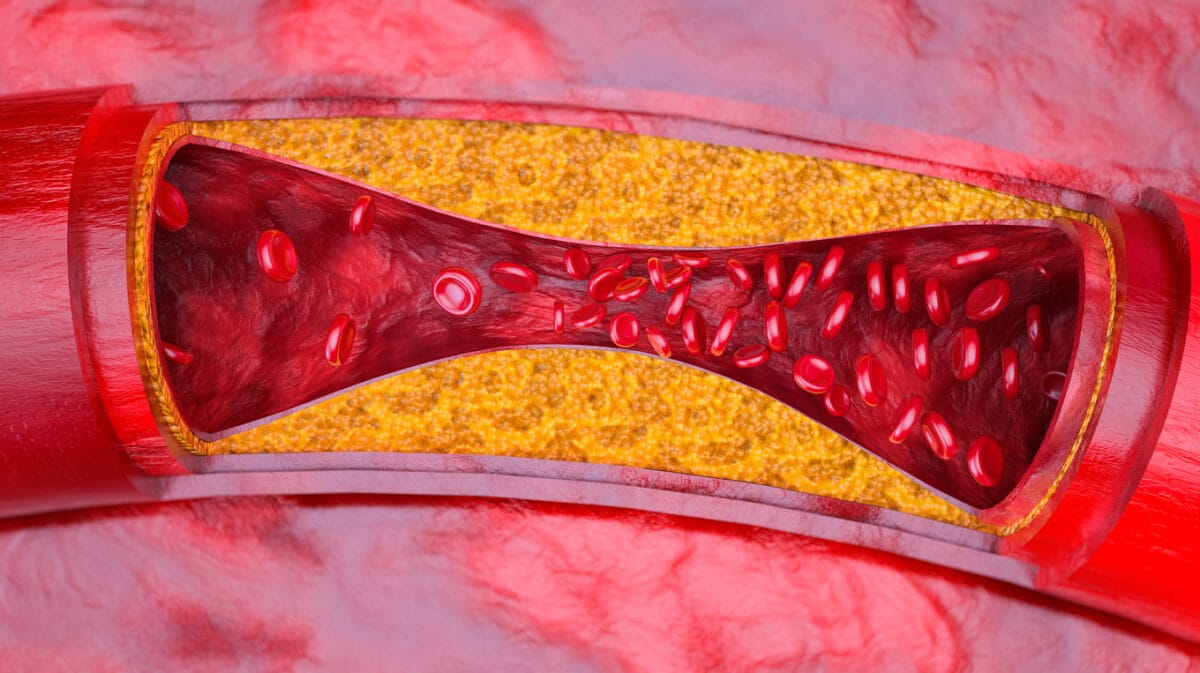What Is a Stroke?
An overview of how to identify a stroke, how they’re treated, risk factors for having a stroke and the connection to donation.

This post was written by contributor, Derek Fuchsberger, RN.
What Is a Stroke?
A stroke is a medical emergency in which the brain is deprived of the oxygen carried by red blood cells. This oxygen deprivation can lead to the injury and even death of brain tissue within minutes. A stroke occurs when either:
- A blood vessel in the brain ruptures or bursts, called a hemorrhagic stroke
- A blockage in a blood vessel prevents blood from reaching the brain, called an ischemic stroke.
Whether the vessel bursts, releasing blood into the space around the brain instead of the brain itself, or blood is being blocked from reaching the brain, the result is the same: lack of oxygen and blood flow to the brain. If the brain does not get adequate oxygen or blood flow, the brain tissue starts to die, and the functions controlled by that region of the brain are disrupted. The dying of brain tissue can happen in minutes, so the patient must get help immediately.
You may have heard the acronym FAST, which stands for Face droop, Arm weakness, Speech difficulty, and Time, which are the most common and recognizable symptoms of both types of strokes. You might also have heard the phrase “time is brain.” This refers to the fact that these symptoms need to be caught and treated fast, as every minute that goes by, brain tissue is at risk of dying. Other symptoms of a stroke include numbness, confusion, loss of balance or coordination, severe headache, and difficulty seeing – to name a few.
Stroke Risk Factors
In general, risk factors for a stroke include smoking, high blood pressure, high cholesterol, heart disease and blood vessel disease. Other risk factors include obesity, atrial fibrillation, diabetes, alcohol and tobacco use, sedentary lifestyle, advanced age, those assigned female at birth, and a genetic predisposition.
There are differences in what causes different types of strokes. Blood thinners and diseases that lead to thinning vessel walls, could rupture because of trauma or a brain aneurysm that has filled with too much blood resulting in a hemorrhagic stroke. An ischemic stroke is mainly due to the buildup of plaque in the vessel, from many of the risk factors stated above, until blood cells are unable to pass through. This is the same process seen in a heart attack, just located in the brain instead of the heart.
Medical Care for a Stroke
The most effective diagnostic tool once in the hospital is getting a prompt CT scan of the brain. This will show whether there is blockage (leading to ischemic injury) or hemorrhage (bleeding) in the brain. It will also show the significance (or volume) of the damage that has occurred within the brain. After diagnosis, depending on the time from first symptoms to arrival in the emergency department, treatments can range from clot dissolving medication to removal of the clot and stenting of the vessel for ischemic strokes and blood transfusion to surgical repair, clipping, or removal for a hemorrhagic stroke.
The effects of a stroke (muscle paralysis, difficulty understanding or producing speech, memory loss, etc.) can be either temporary or permanent and often depend on how fast a person receives medical attention. Once brain tissue has died, it cannot be restored or repaired. Some people who experience a stroke and receive treatment quickly at the hospital will go on to lead normal lives with few complications. Others may survive yet need around the clock care. And, unfortunately, some will not survive.
Stroke and Donation
For those who do not survive the stroke and are either declared brain dead or the decision is made to stop all medical intervention and treatment (including stopping the ventilator), the opportunity for donation will be evaluated.
For there to be viable opportunities for organ donation it would depend on the timing of the initial life-saving medical interventions and the patient’s response to them. The longer the patient remains untreated after first experiencing a stroke, the more potential there is for brain tissue, vital organs (heart, lungs, liver, kidneys etc.) and tissues to be permanently damaged because of inadequate delivery of oxygen and blood flow to both the brain and organs. However, if a stoke is caught early with a patient being treated in a timely manner but still pass away because of complications, organ and/or tissue donation may still be a possibility if adequate perfusion of oxygen and blood flow to the body was maintained.
Similar Content:
Brain Aneurysm and Organ Donation
What is the Difference Between a Coma and Brain Death?
Derek Fuchsberger is a Registered Nurse with three years of ICU experience. His background includes coaching soccer, graphic design, technology and communications. Currently, he is working as an ICU Nurse while pursuing a career in medical writing.
In his free time, Derek is an award-winning winemaker.
 Skip to main content
Skip to main content
